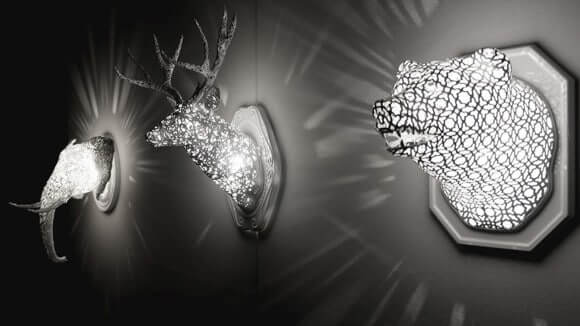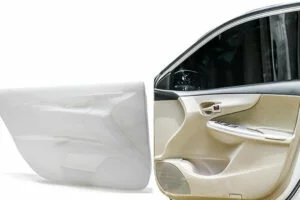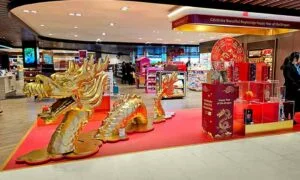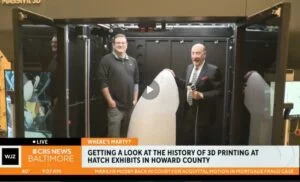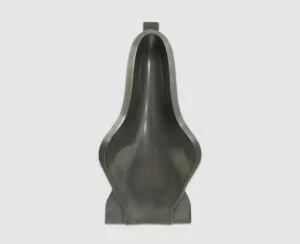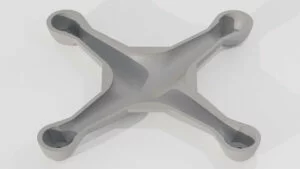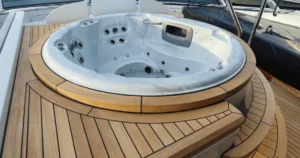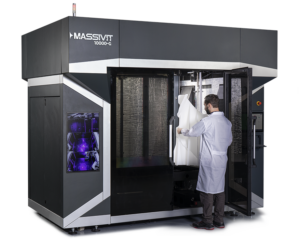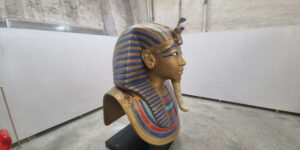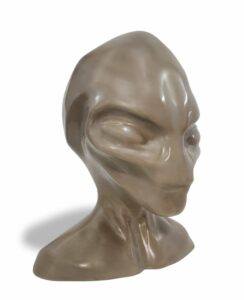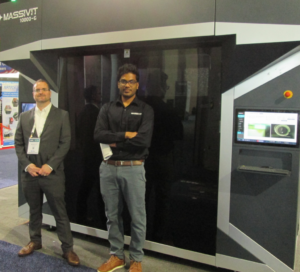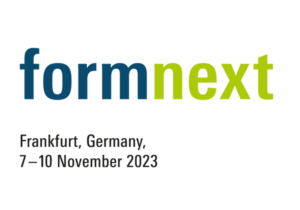More and more, interior designers and architects are turning to 3D printing. It is helping them satisfy clients through versatile and aesthetic 3D decor, furniture, and more. The new technology offers solutions that were not possible just several years ago.
The Endless Possibilities of Printing 3D Decor
3D printing presents a convenience for interior designers unheard of before. You can manufacture decor, furniture, complements, and even walls. This lets you create totally unique experiences tailored to specific spaces or brands. The geometric freedom 3D CAD software offers lets you create unlimited shapes you can “print.” Whatever you or your client imagines is possible for homes, offices, and buildings.
Space limitations and dimension constraints are erased by the ability to create customized 3D decor like lamps and accents. Design them hollow and they will be lightweight and save material costs. And anything can be illuminated for a touch of glam or warmth.
LPJacques Studio created the decorative animal head wall mounts seen above. The sculptures were designed using intricate architectural patterns. The patterns were simple to create using 3D software that also makes duplication achievable in just a few clicks. Unlike taxidermy, these heads are non-offensive. In fact, animal lovers and others will likely appreciate their form and beauty. Standard light bulbs provide the glow.
From Simple to Stunning Interior Design
With the ability to design your own decor in CAD software, you can invent fun, surprising, classic, or royal elements for any environment.
Design and print coffee tables, dining room tables, conference tables, and chairs to match any style. Customize wall ornaments (with or without illumination), lamps, and bookshelves for any taste. Even metal faucets can be 3D printed with a magical touch.
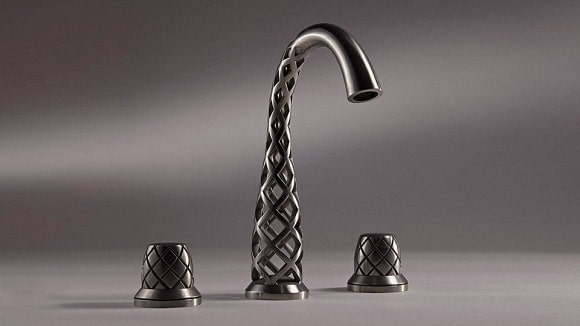
DXV, the high-end bath and kitchen line of American Standard, designed and 3D printed this luxurious metal faucet for residential use. Using 3D software, artists hid the water channels within the actual design, causing the “magical” appearance of water when the Vibrato faucet is turned on.
Sismaitalia also prints 3D decor, and they are making a statement in Italy with 3D-inspired interior design. Sismaitalia’s Allestire Decor Lab is an immersive magazine of sorts. Instead of flipping pages to view 3D-printed decor, interior designers can visit the lab in Milan and roam among 3D-printed furniture, accents, and a bamboo wall that delivers the same lightweight yet strong attributes as actual bamboo.

Walking through Allestire Decor Lab presents a better understanding of what designers can do with the technology, and according to Sismaitalia’s General Manager, Federica Tisato,
“With 3D printing, we can do almost everything.”
The lab also offers thematic workshops on different decoration techniques.
Outdoor Historic Restoration: Technology Meets Antiquity
Sismaitalia takes their 3D capabilities outdoors as well. After centuries of exposure, classic Italian architecture needs to be restored. Simsaitalia was tasked with employing cutting-edge, large format 3D printing to restore capitals on an historic building dating back to antiquity. Using only photographs of the capitals and of the building, the team at Sismaitalia successfully designed, printed, and installed identical capitals and restored the beauty of the building’s facade.
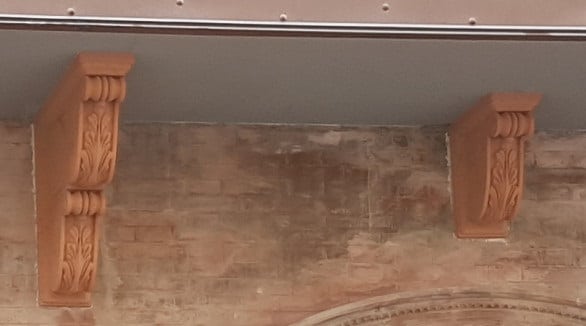
Dutch studio, DUS Architects, also specializes in architectural 3D printing. Believing in “design by doing,” their website states the firm beta tests by building 1:1 models to be used in public. They printed an eight-square-meter cabin as a prototype for temporary or emergency housing. It sits in a former industrial area in Amsterdam and includes a porch seating area, a window, an interior light, and space for a bed. The firm is currently working on a 3D printed canal house.
Choose Your 3D Printing Materials
The range of materials that can be 3D printed is continually expanding to offer higher quality and greater choice. Interior designers and architects can now access a range of appropriate materials for projects.
DXV created the Vibrato faucet using Direct Metal Laser Sintering, a new form of 3D printing. MX3D, another firm in Amsterdam, is currently using steel to build a 40-foot (12 meter) bridge. And just down the road, Eindhoven University of Technology completed a 3D printed concrete bridge for bicyclists. Sismaitalia’s projects employ Massivit 3D’s rapid-curing Dimengel, while ceramics and even precious metals like gold and platinum are now available to be printed on certain machines. NASA as well as the European Space Agency (ESA) are considering using 3D printing to construct a lunar base—using moon rock.
It seems that the sky’s the limit for interior designers and architects.
The Future of Interior Design and Architecture
The variety of materials able to be printed is growing as is the number of applications across various industries. DUS Architects not only created outdoor homes with 3D printing, they used the technology to furnish the flagship Loft department store in Tokyo, possibly opening the door to printing 3D decor for retail environments.
Maybe it’s time to consider 3D printing for your next project. Or, have you already used 3D printing in interior design or architecture? Tell us about it in the comments below.
[Vibrato Faucet image credit: Priority Designs ]


